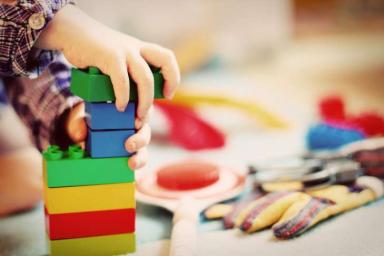Interior decorations turn into clutter when they begin to overwhelm a space, hinder functionality, and create a visually chaotic or disorganized environment.
Clutter occurs when decorative items accumulate to the point where they no longer contribute positively to the aesthetics or usability of a room.
Here's how interior decorations can transform into clutter.
Excessive Accumulation
When decorative items accumulate over time without thoughtful curation, they can overcrowd surfaces and diminish the sense of open space.
An excessive number of decorations can make a room feel cramped and visually overwhelming.

Lack of Cohesion
A mix of unrelated or mismatched decorations can create a sense of visual discord.
A lack of cohesion among decorative elements can lead to a cluttered appearance, making it difficult for the eye to find a focal point.
Neglected Maintenance
Decorations that are not regularly dusted, cleaned, or maintained can accumulate dirt and contribute to a cluttered and unkempt look.
Neglected decorations lose their intended charm and instead become distractions.
Limited Functional Space
Decorations that encroach on functional areas, such as tabletops, countertops, and pathways, can hinder daily activities and make it difficult to use the space effectively.
Visual Overload
When there are too many decorative items in one area, the eye has a hard time focusing on individual pieces, leading to a sense of visual overload and confusion.
Difficult Cleaning and Maintenance
Elaborate decorations that are difficult to clean or require constant attention can become burdensome to maintain, contributing to a cluttered and stressful atmosphere.









